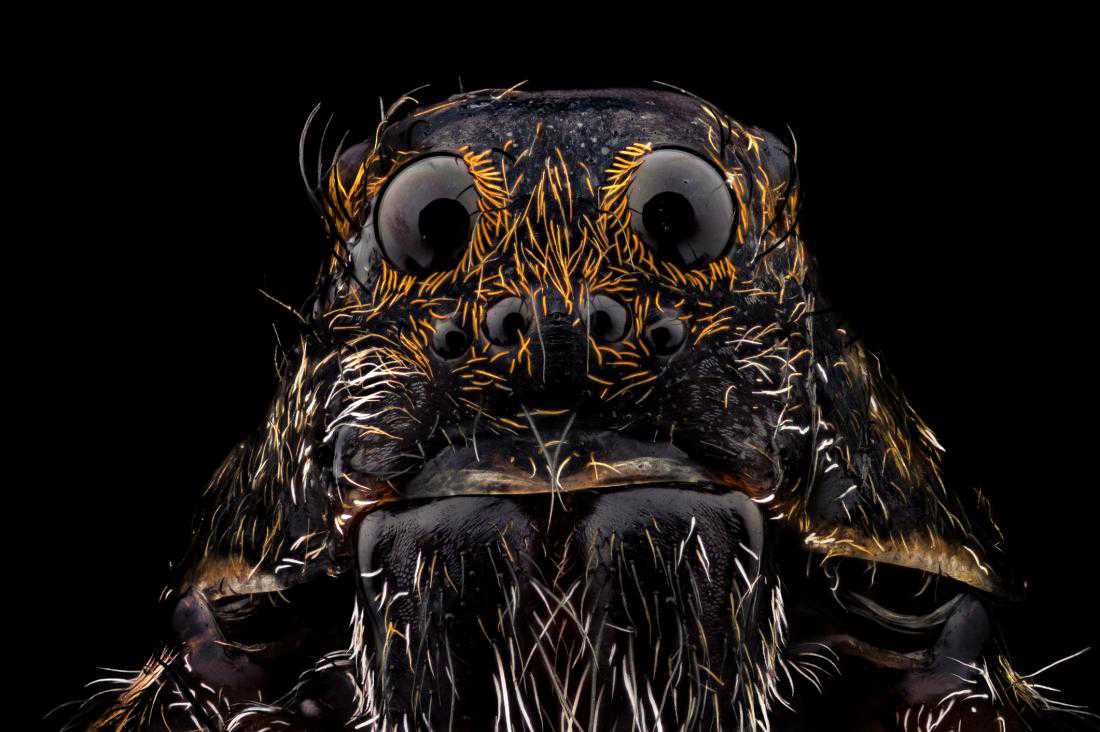Exploring spider venom's dual attack
12 May, 2019

Spider venom research has so far focused on a relatively narrow area. Now, a group of scientists in Switzerland has dug a little deeper to find out exactly how deadly it is.
Animal venom has long been used in medicine. While the industry used to focus on snake venom, spiders are now under intense examination.
The two types work in very different ways; snake venom targets the cardiovascular system, while spider venom aims for the nervous system.
Understanding precisely how spider venom works could lead to effective treatment methods for the likes of epilepsy and stroke.
Scientists already know that arachnid venom causes a breakdown in the function of ion channels. These channels must be able to open and close at specific times in order to control muscles and other critical bodily processes.
When spider venom enters a body, it disrupts the usual ion channel flow, resulting in paralysis and sometimes death. Focusing on the relationship between these channels and venom could be the ticket to a revolutionary new treatment.
Research into spider venom has been ongoing for the past few decades, but much of it has revolved around the effects of neurotoxins. This has contributed to the development of successful insecticides, but drug-related uses are still being investigated.
Venom's double hit
Using spider venom to treat diseases of the human nervous system requires a deeper understanding of the venom's components. A new study from the University of Bern's Institute of Ecology and Evolution (IEE), in Switzerland, combines years of such research to prove just how complex the venom really is.
The venom of Cupiennius salei — more commonly known as the tiger wandering spider — is the study's prime focus. It is a relatively large spider with a leg span of around 10 centimeters and is usually found in Central America. When it catches prey, it does so by ambushing and releasing venom, rather than spinning a web.
In the study, published in Toxins, researchers looked at how the venom's various ingredients interact to paralyze prey. They call it the dual prey-inactivation strategy, so named for the two parts that make up the process.
One part is decidedly neurotoxic, and the other part aims to disturb stability within the body. "Both parts of the strategy interact very closely," explains lead study author Lucia Kuhn-Nentwig, Ph.D.
